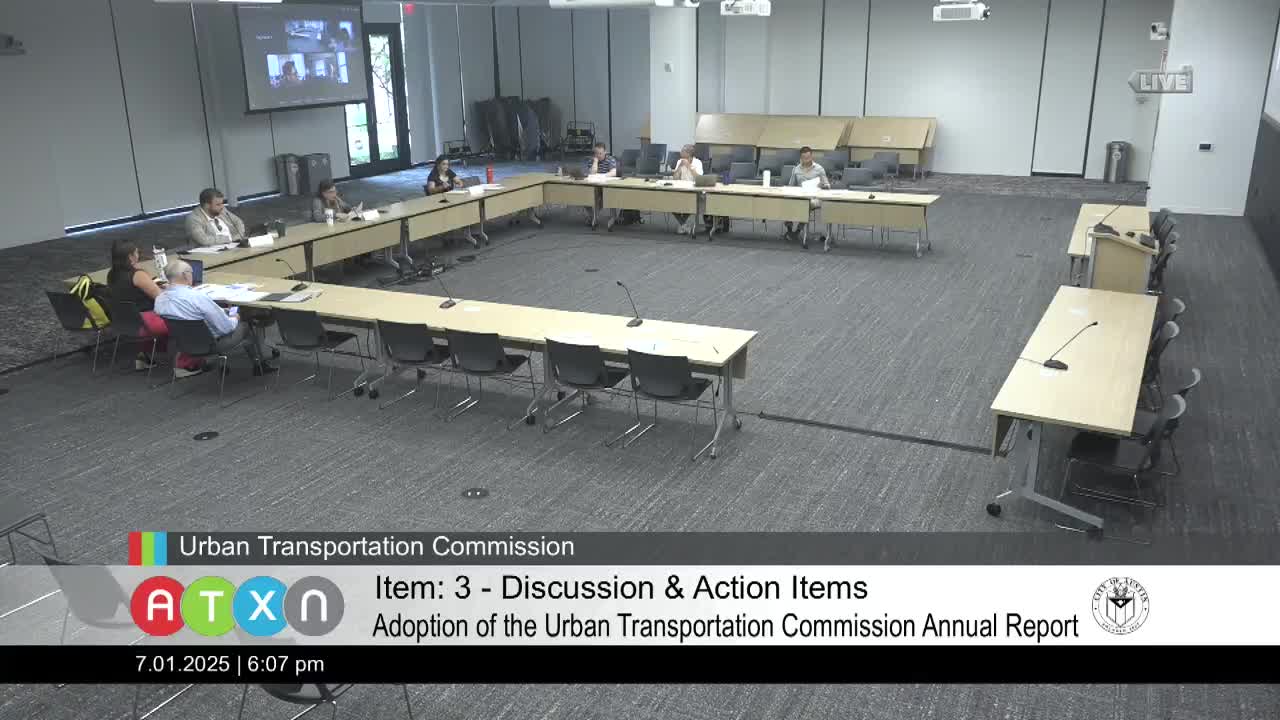Transportation committee endorses NACTO lane width recommendations for safer city streets
July 01, 2025 | Austin, Travis County, Texas
Thanks to Scribe from Workplace AI , all articles about Texas are free for you to enjoy throughout 2025!

This article was created by AI using a video recording of the meeting. It summarizes the key points discussed, but for full details and context, please refer to the video of the full meeting. Link to Full Meeting
The proposal aims to adjust the recommended lane widths for these streets, suggesting a baseline of 10 feet, with a constrained width of 9 feet for general travel lanes not designated for truck or transit use. This change is rooted in extensive research indicating that narrower lanes can lead to slower speeds and, consequently, fewer and less severe crashes. Notably, studies have shown that each additional foot of lane width can increase vehicle speeds by nearly 3 miles per hour, raising the likelihood of accidents.
The discussion highlighted the importance of context-sensitive design, where lane widths should be determined based on specific traffic conditions rather than a one-size-fits-all approach. For instance, if a street experiences significant freight or delivery traffic, a wider lane may be justified. However, the recommendation emphasizes starting with narrower widths and only increasing them when necessary.
Additionally, the meeting underscored the broader implications of lane width adjustments for urban planning. By adopting narrower lanes, the city could reclaim valuable space for other uses, such as bike lanes or pedestrian areas, enhancing the overall safety and functionality of Austin's streets. The recommendation also includes a call for the Transportation and Public Works Department to conduct a lane width audit on level 3 and level 4 streets to identify areas where excessive widths may pose safety risks.
In conclusion, the discussions from this meeting reflect a proactive approach to urban transportation in Austin, aiming to create safer, more efficient streets that accommodate various modes of travel. As the city continues to evolve, these recommendations could play a pivotal role in shaping a more sustainable and pedestrian-friendly urban environment.
Converted from Austin - Urban Transportation - Jul 01, 2025 meeting on July 01, 2025
Link to Full Meeting
Comments
View full meeting
This article is based on a recent meeting—watch the full video and explore the complete transcript for deeper insights into the discussion.
View full meeting
